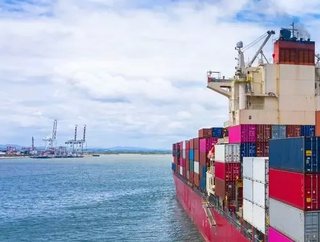What is Sea Freight and Why Use It?

What is Sea Freight?
Sea Freight is a method of transporting large amounts of goods using carrier ships. Goods are packed into containers and then loaded onto a vessel. A typical cargo ship can carry around 18,000 containers, which means that sea freight is a cost-efficient way to transport high quantities over large distances.
There are a number of ways in which sea freight can be transported.
- FCL or Full container load, which you purchase one or more full containers to send on a ship.
- LCL or Less than container load, where your products share a container as you may not have a full container’s worth. Once they reach their destination, the container’s contents are divided once more.
- RORO or Roll on roll off, where your products do not leave the vehicle they are in to go onto the cargo ship. The vehicle simply drives onto the ship, and then drives off the other end.
- Dry bulk shipping, used for some specific items, which are deposited into the hold of the ship instead of travelling in a container.
How does it work?
Sea freight is just one cog within the machine that forms a supply chain network. Some companies opt to use a specific 3PL to have their goods shipped safely and legally. As mentioned in our Top 5 benefits of 3PL, one of the major benefits of these providers is that they already know all of the requirements and you will not have to engage with a shipping company for each item.
Once you have engaged with a shipping company, they will collect the goods from your supplier and move them through the port in one of the previously mentioned forms. It is worth noting that delivery times should include a delay moving through the port each side as they have to pass through customs.
Even with LCL as an option, you may still not have enough products, in which case it may be more cost-effective for you to send your products via Air Freight or Courier instead. These are both utilised for sending smaller quantities of products, they are more expensive as the vehicles themselves are smaller.
Benefits vs Disadvantages
Benefits
- Cost-effective comparatively to other methods
- Easy to manoeuvre heavy or large products with ease
- Inexpensive over long distances
- Most Carbon-efficient solution
Disadvantages
- Obviously one of the largest cons when it comes to sea freight is time, as it is the slowest option for moving products
- The price is unsustainable for smaller amounts of goods
Sea freight is economically and environmentally superior to other forms of product delivery service, but only if you are looking to transport large quantities or if the destination country is far away. However, even with the option of LCL, courier services and Air Freight may still be better options depending on the product in question.






